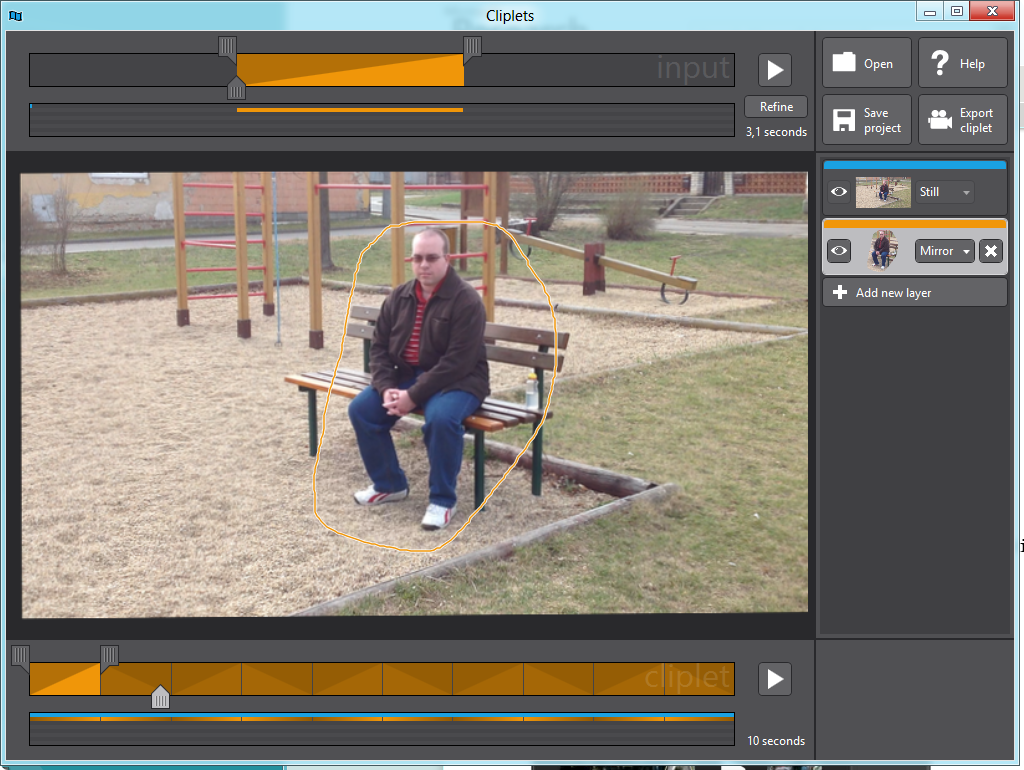

2011 Landry and Bryson 2004 van der Geest et al. Although VBIs are advantageous for promoting the motivation of children with ASDs to learn, the children still have difficulty dynamically adjusting the size of their attentional focus and switching the locus of their attention (Elsabbagh et al. Thus, evidence shows that video-based interventions (VBIs) such as Video Modeling (VM) have been therapeutically effective for teaching functional, social, and behavioral skills to children with ASD (Ayres and Langone 2005 Bellini and Akullian 2007 Corbett and Abdullah 2005). They reported that their participants’ ability to judge others’ emotions significantly improved. ( 2010), using the Transporters DVD ( ) as a learning tool to attract the attention of children with ASD, focused on the expressions of animated human faces on toy trains, buses, and other vehicles (transporters) that are characters in a video story which illustrates, names, and describes emotions in some common social situations. However, people with ASD lack these abilities, especially an intuitive awareness and ability to judge the facially expressed emotions of others. Moreover, understanding social situations requires paying attention to other people and to the subtle social cues they generate. Facial expressions are a key determinate of nonverbal cues in social development and the ability to interact with others (Back et al.

Some researchers also believe that people with ASD have an impaired ability to understand complex emotional and social information from facial stimuli (Baron-Cohen et al. ( 2010) reported that using facial pictures and video training taught children with ASD to develop social communication skills and to focus on the specific visual representation and facial cues to judge others’ emotions. Interventions to improve specific perception judgments of facial expressionsīlum-Dimaya et al. Therefore, children with ASD, who normally pay more attention to inanimate objects than to faces, need to be taught specific verbal and nonverbal indicating behaviors involved in social interactions, and must learn to pay attention to the faces of people they meet and talk to, in order to understand social emotional behavior (Martins and Harris 2006 McPartland et al. They also cannot respond with appropriate gestures, postures, or proximity (Ryan and Ni Charragain 2010)-a defect that researchers have called the Theory of Mind ability: the skill to view things from other people’s perspective and to understand the mental states of others (Smith 2006)-i.e., the ability to empathize (Baron-Cohen and Belmonte 2005 Baron-Cohen et al. 1986) because people with ASD cannot interpret other people’s facial expressions and emotional states, or understand the intentions and internal activities of others (Krasny et al. Missing these cues generally has a negative effect on their social interaction skills and the flow of their communication (Mundy et al. Research (Durham University News 2013) has indicated that children with ASD might be missing crucial nonverbal indicating behaviors, which likely causes children with ASD to not be able to recognize or understand nonverbal gestures and social cues, like facial expressions, that usually aid social interaction.

Children with ASD typically have behavioral difficulties that suggest problems with visual attention it is unclear whether this attention deficit causes the other symptoms of ASD or is a consequence of the disorder (Koldewyn et al. Several eye-tracking studies of young children with ASD illustrate an emerging consensus that detailed characterizations at the level of eye movements in response to fixating and tracking visual stimuli are important (Falck-Ytter et al. In addition, among the most characteristic early symptoms of ASD are atypical eye contact and joint attention, which profoundly impair the development of social-communication skills (Senju and Johnson 2009). Although people with high-functioning autism (HFA) may perform better in recognizing basic emotions, they have difficulty understanding more complex emotions (Bauminger 2004 Capps et al. People with ASD have a range of cognitive and affective difficulties recognizing feelings in themselves and others (Lacava et al.

ASD is a neurodevelopmental condition defined by impairments across the areas of reciprocal social interaction problems with verbal and nonverbal communication and with repetitive and stereotyped behaviors (Boelte and Hallmayer 2013).


 0 kommentar(er)
0 kommentar(er)
